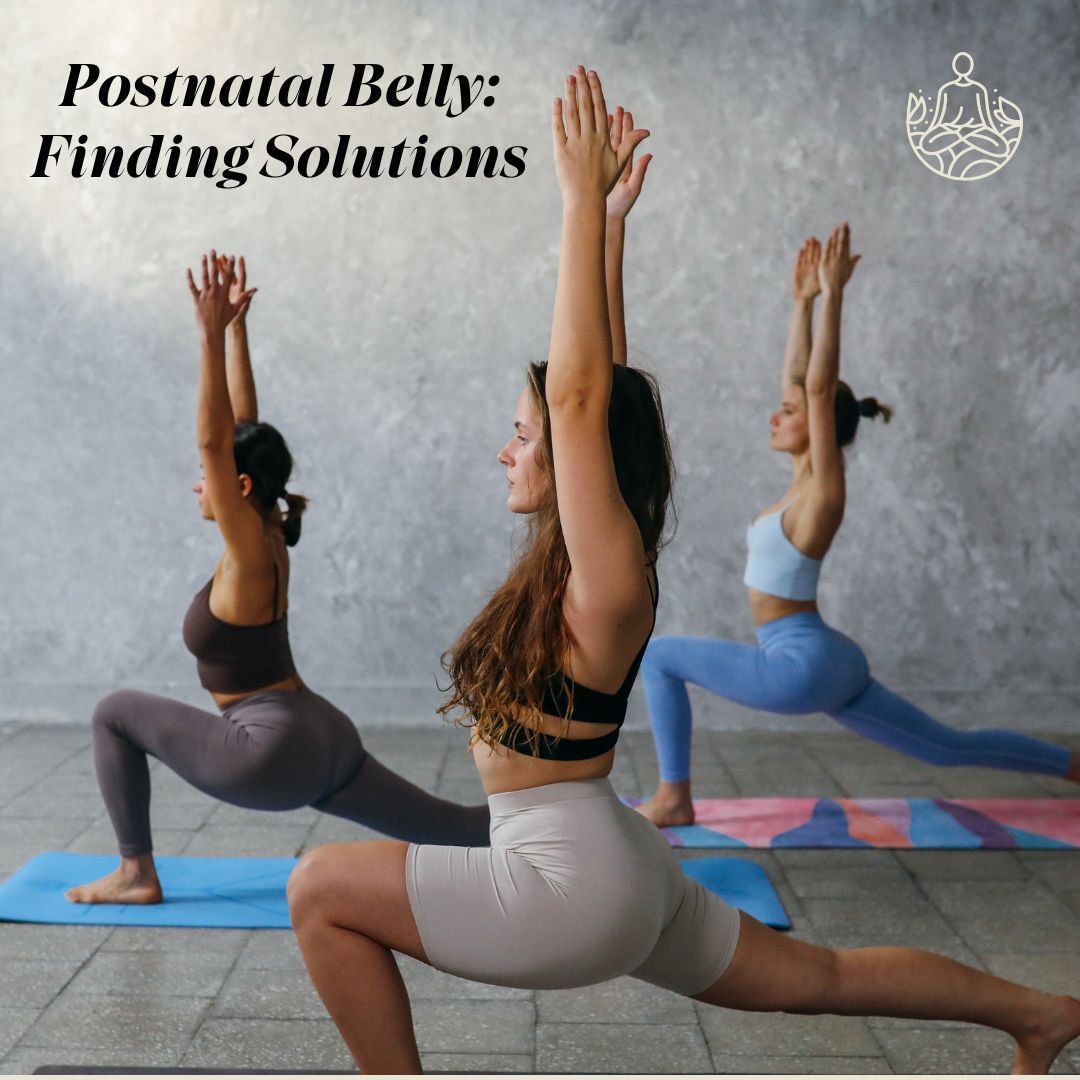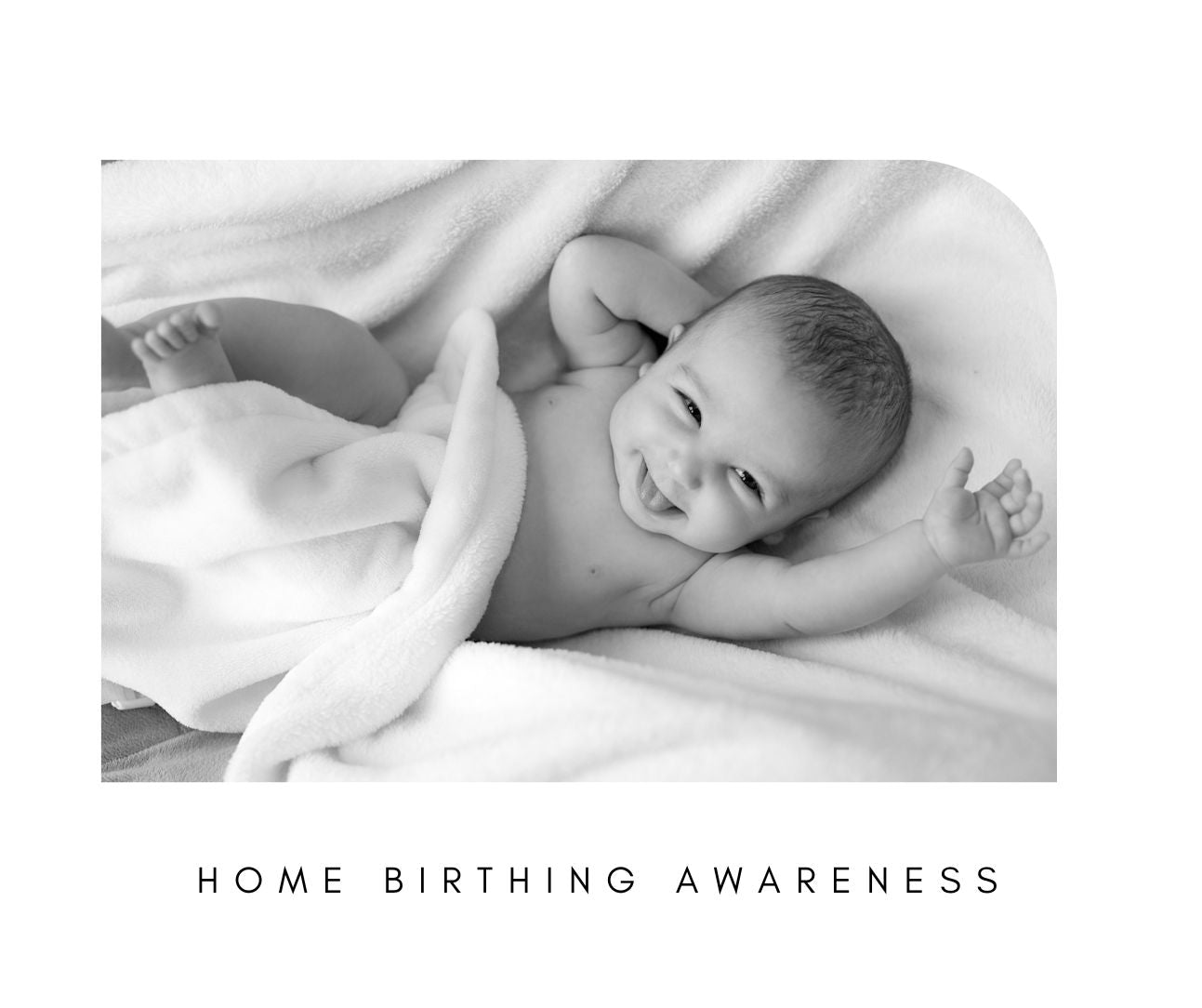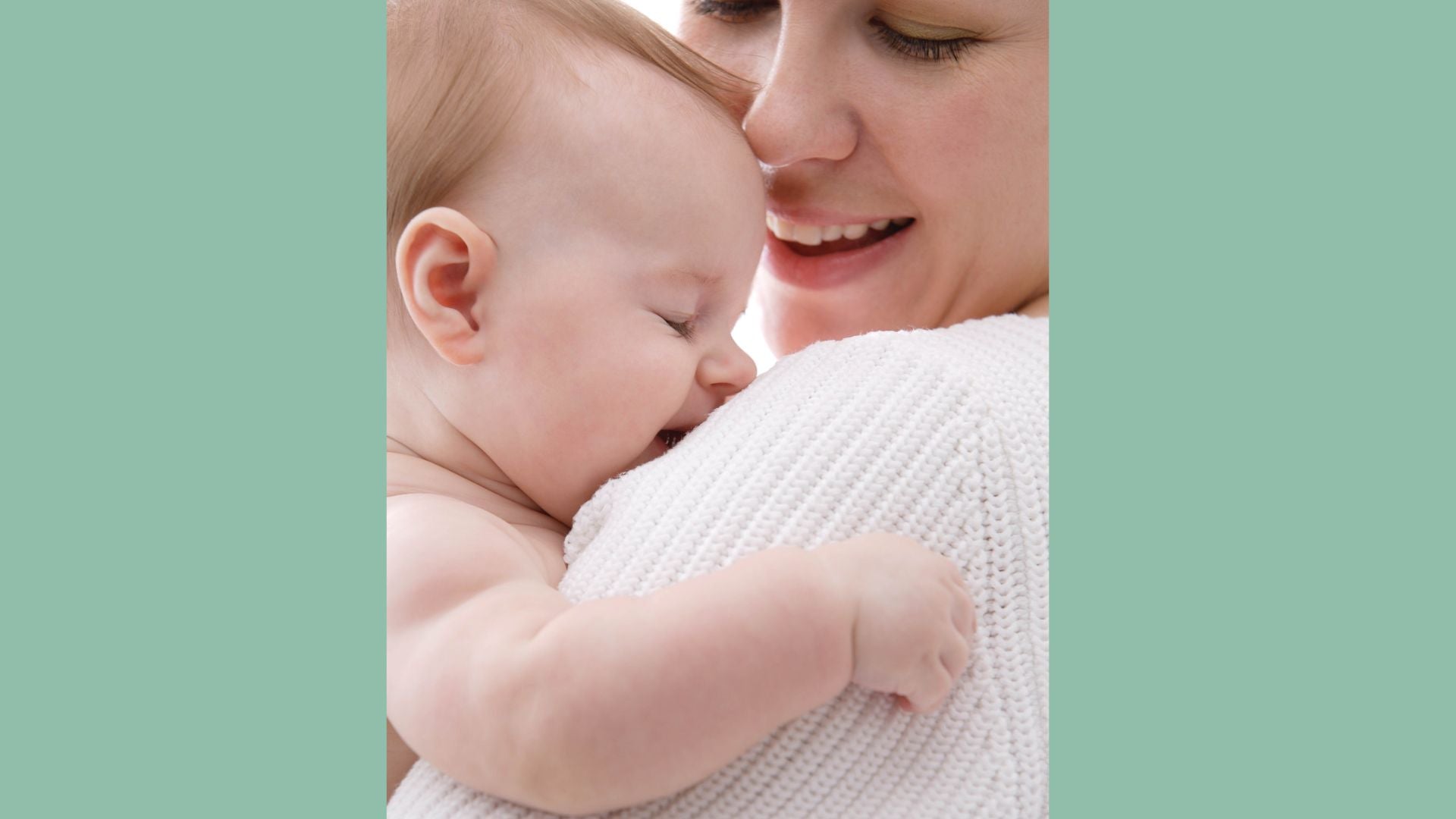Postnatal Belly: Finding Solutions

Busting Myths and Finding Solutions for Postnatal Belly
Becoming a mother is an incredible experience, filled with joy, love, and new challenges. One of those challenges that many new mothers face is the postnatal belly. This topic often comes with a lot of misconceptions and myths, leading to confusion and unnecessary stress. This post aims to clear up those misunderstandings, explore the impact of a postnatal belly, and offer insights into prevention and treatments.
Understanding the Postnatal Belly
After giving birth, many women notice that their abdomen doesn’t return to its pre-pregnancy state immediately. This is often referred to as the postnatal belly. It's essential to understand that this is a natural part of the postpartum process. Your body has been through significant changes to accommodate and nurture a growing baby.
The uterus, which expanded considerably during pregnancy, takes time to shrink back to its original size. Additionally, your abdominal muscles, tendons, and skin have stretched, and it can take a while for them to regain their previous tone and elasticity.
The Impact of Postnatal Belly on New Mothers
The physical aspects of a postnatal belly can sometimes affect new mothers' mental and emotional well-being. Societal perspectives often pressure women to "bounce back" quickly after childbirth, which can lead to feelings of inadequacy, frustration, and depression. Understanding that every body is different and that recovery times vary can help alleviate some of this pressure.
Feeling self-conscious about one’s appearance is a common struggle. It’s important to remember that your body has done something amazing—growing and birthing a new life. Giving yourself grace and recognising the incredible feat your body has accomplished can be empowering. A sexy body is one that is loved and nurtured, not just one that fits societal ideals.
Prevention and Treatment
While the postnatal belly is a natural part of the postpartum process, there are ways to prevent excessive stretching and support the body's recovery. During pregnancy, it’s essential to maintain an active lifestyle and engage in low-impact exercises recommended by your healthcare provider. This can help keep abdominal muscles strong and support the uterus during pregnancy.
After giving birth, gradually reintroducing physical activity can also aid in toning and strengthening the abdomen. It's important to listen to your body and not push yourself too hard, as it takes time for your body to heal fully.
Additionally, wearing a postpartum belly support binder can help provide gentle compression and support to the abdominal area. This can aid in reducing swelling, promoting circulation, and providing a sense of security and comfort for new mothers.
Common Misconceptions about Postnatal Belly
Myth 1: Immediate Flat Stomach
One of the most pervasive myths is that new mothers should expect their stomachs to flatten immediately after giving birth. In reality, it takes time for the body to recover. The uterus alone needs several weeks to contract back to its pre-pregnancy size.
Myth 2: Exercise Alone Will Fix It
While exercise is a crucial part of regaining strength and fitness, it's not the sole solution to a postnatal belly. Factors like diet, genetics, and hormonal changes also play significant roles in how quickly your body recovers.
Myth 3: Only Unfit Mothers Have Postnatal Belly
Postnatal belly is not an indicator of one’s fitness level. Even the most athletic women can experience a postnatal belly due to the natural changes and stretching that occur during pregnancy.
The Role of Diastasis Recti
One condition that contributes to postnatal belly is diastasis recti, a separation of the abdominal muscles that occurs during pregnancy. This can cause a bulging appearance in the abdomen even after childbirth.
Identifying Diastasis Recti
You can check for diastasis recti by lying on your back, bending your knees, and lifting your shoulders slightly off the floor. If you feel a gap or soft spot in the middle of your abdominal muscles, you may have diastasis recti.
Treating Diastasis Recti
Treatment often includes specific exercises to strengthen the core muscles and bring them back together. Consulting a physiotherapist who specialises in postpartum recovery can provide personalised guidance.
Importance of a Healthy Diet
A balanced diet plays a significant role in postpartum recovery. Consuming nutrient-dense foods helps your body heal and regain strength. Focus on a diet rich in fruits, vegetables, lean proteins, and whole grains.
Hydration Matters
Staying hydrated is essential for overall health and can aid in the recovery process. Water helps flush out toxins and supports your body's natural healing mechanisms.
Avoiding Fad Diets
Steer clear of fad diets that promise quick fixes. These often lack the necessary nutrients your body needs and can do more harm than good. Sustainable lifestyle changes are more beneficial in the long run.
Effective Exercises for Postnatal Belly
Gentle Core Strengthening
Start with gentle exercises that focus on the deep core muscles. Pelvic tilts, bridge poses, and seated ball squeezes are excellent starting points.
Postpartum Yoga
Yoga can be incredibly beneficial for both physical and mental recovery. It helps tone the muscles, improve flexibility, and promote relaxation.
Walking
Walking is a low-impact exercise that can gradually help you regain your stamina and strength. Aim for short, frequent walks and gradually increase the duration as you become more comfortable.
The Power of Rest and Recovery
Rest is just as important as exercise in the postpartum period. Your body needs time to heal, and pushing yourself too hard can lead to setbacks.
Listening to Your Body
Pay attention to how your body feels and don’t ignore signs of fatigue or discomfort. It’s okay to take breaks and slow down.
Quality Sleep
Though it can be challenging with a newborn, try to prioritise quality sleep. Good sleep supports your body’s healing processes and overall well-being.
Support Systems and Encouragement
Surround yourself with supportive people who understand and respect your recovery process. Whether it's family, friends, or online communities, having a support system can make a significant difference.
Joining Mothers' Groups
Connecting with other new mothers can be incredibly encouraging. Sharing experiences and tips can provide comfort and motivation.
Professional Support
Don’t hesitate to seek professional support if needed. Postpartum physiotherapists, nutritionists, and counsellors can offer valuable assistance tailored to your unique needs.
When to Seek Medical Advice
While most postnatal belly changes are normal, there are times when medical advice may be necessary, or even desirable. If you experience severe pain, persistent swelling, or other concerning symptoms, you should consult your healthcare provider.
Regular Check-Ups
Regular postpartum check-ups with your doctor will help ensure you're recovering well and address any issues early on.
Addressing Complications
Some conditions, like severe diastasis recti or hernias, may require medical intervention. Early diagnosis and treatment are crucial for optimal recovery, so don't be afraid to discuss any concerns with your doctor.
Remember, most postnatal bodily changes will reduce and notably improve over time, providing you play your part in assisting with the recovery phase, however, should you find visible changes are persistently impacting your comfort or self-esteem, a range of surgical options are available that can assist in acquiring the desired cosmetic corrections to pretty much any condition that follows childbirth; be it stretch marks, loose skin, belly fat, or even caesarean scarring.
Keep in mind that it is generally advisable to exhaust all natural avenues for bodily recovery before opting for surgical interventions, especially where further childbirths are prospectively likely to occur in the future and may exacerbate the condition that is already troubling you. Be aware that all surgical interventions come with some level of risk, and these should be thoroughly explored and evaluated with your treating doctor. While any uncertainty remains, try to sit it out, be brave, and evaluate if surgical options are even really necessary.
Remember, Every Body is Different
It's important to remember that every body is unique and that while there are ways to prevent and treat postnatal belly, it's essential to remember that each recovery process will vary, and recovery timelines may vary. Be patient and kind to yourself, and don't compare your progress to others. Focus on the improvements you've made and celebrate small victories along the way. It's crucial to listen to your body, be patient with yourself, and to try to proudly embrace any changes that may come with motherhood.
Consider minor changes as a badge of honour, recognising these as symbols of strength and maturity. Remember, a strong postpartum body is not just about aesthetics, but also about feeling confident, healthy, and empowered within yourself.
It's can also be helpful to surround yourself with a supportive community that celebrates the successes of your journey. This may include connecting with other new mothers, joining online or in-person support groups, or seeking guidance from a therapist, or even a counsellor.
Self-Care Practices
Incorporate self-care practices into your routine. Whether it's a relaxing bath, a good book, or a favourite hobby, taking time for yourself is important.
Positive Affirmations
Use positive affirmations to remind yourself of your strength and resilience. Words of encouragement can have a profound impact on your mindset.
Conclusion
The postpartum belly is a natural and beautiful part of the postnatal experience. While it may take time for your body to fully recover, there are ways to prevent excessive stretching and support your healing process. It's crucial to remember that every postnatal body is unique and should be celebrated for its strength and resilience. Embracing your postnatal body means accepting and loving yourself, scars, stretch marks, and all. So take care of yourself, listen to your body, and surround yourself with a supportive community as you navigate this new chapter in your life. And most importantly, always remember that you are beautiful, strong, and capable – no matter what changes your body may go through in the postpartum journey. So embrace your postnatal body and all that it represents - the incredible journey of bringing new life into this world. It is truly something to be celebrated and cherished. Happy healing!
~ jinki.com




